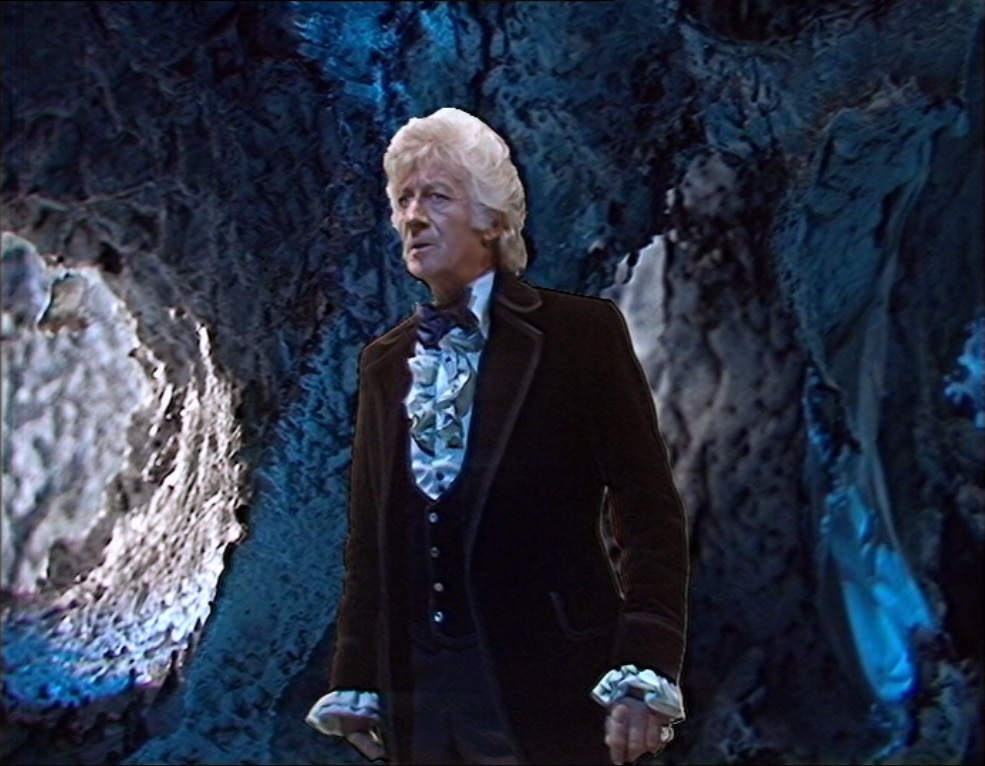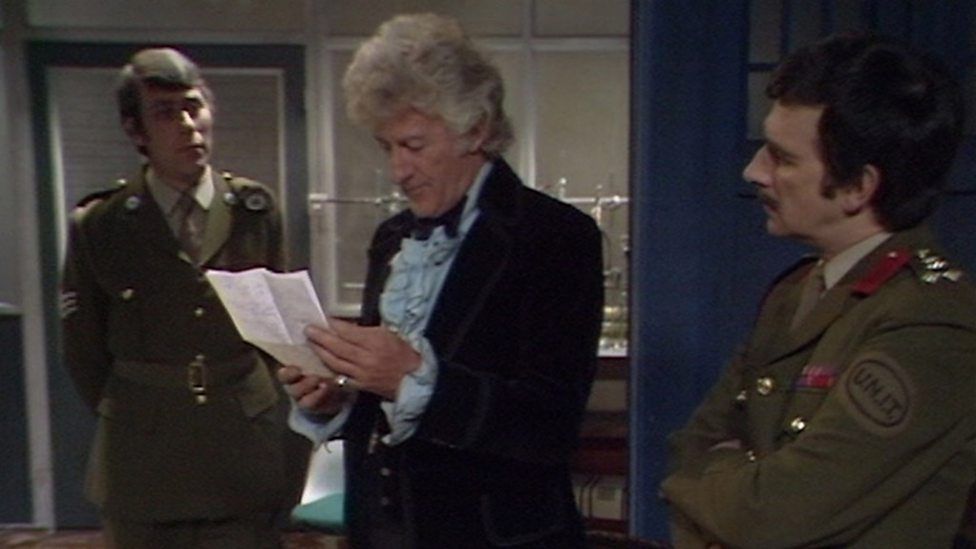What led the Third Doctor to hang up his sonic screwdriver in 1974?
Doctor Who had been on the air for some 11 years by 1974, and the Third Doctor Jon Pertwee – having completed an impressive four-season run – was considering a change.

At the same time, big changes were happening around him. First, Pertwee had to deal with the sudden death of his friend and colleague Roger Delgado, who had played the Third Doctor’s arch enemy the Master. Delgado had been on location in Turkey filming a TV series called The Bell of Tibet, when his taxi had veered off the road and fallen into a ravine. A key member of the so-called UNIT family was now gone, and more departures were on the way.
Katy Manning – who played the Third Doctor’s companion Jo Grant – was also ready to move on from the programme. She had played the Time Lord’s friend and assistant for three years by the end of 1973, and was ready to try her hand at other things. This culminated in an emotional storyline built into the Season 10 finale, where Jo Grant fell in love with the activist and scientist Professor Clifford Jones. And in the final episode of ‘The Green Death,’ the professor asks Jo if she wants to marry him, and she accepts. Amid the engagement celebrations, the Third Doctor quietly slips into his car, and drives off into the sunset.
And as if these goodbyes weren’t enough, the producer Barry Letts – again, a close friend of Pertwee’s – had also expressed a desire to move on from Doctor Who. And whilst there was no pressure for the Third Doctor to vacate the TARDIS (particularly as he had proven so popular with viewers) Jon Pertwee recognised that the winds of change were blowing, and he was ready to move with them. He was also conscious of the fact that he might never get another acting job if he was forever associated with being the Third Doctor. Furthermore, his request for a pay rise had been politely turned down!
Barry Letts, meanwhile, was determined to give Pertwee a celebratory send-off, and he took it upon himself to co-write the Third Doctor’s final story ‘Planet of the Spiders.’ Similarly, Letts opted to direct it and produce the serial, although the BBC policies at the time prevented him from receiving multiple credits, so he was listed simply as the director.
But Letts’ impact on ‘Planet of the Spiders’ is significant. For a start, Letts knew how much Jon Pertwee enjoyed vehicles and action scenes, and penned a lengthy chase sequence for the Third Doctor into the second episode. This saw the Time Lord switch from a car to the Whomobile to a police car to a gyrocopter to a hovercraft to a boat over the course of episode two, as he pursues the possessed villain Lupton. It didn’t exactly advance the plot, but it was a high-octane set-piece.
Similarly, Letts wanted to assemble a cast that was made up of Jon Pertwee’s friends and favourite guest artists. Some of these included Kismet Delgado (the widow of Roger Delgado, who provided the voice of The Great One) and Cyril Shaps as Professor Clegg, who had previously appeared in ‘The Ambassadors of Death’ (and indeed in the Second Doctor story ‘The Tomb of the Cybermen.’)
And whilst Katy Manning herself was absent from the story, she does make her presence felt by sending the Third Doctor an unusual gift, and a hand-written note. Despite this, her character does appear in the ‘Planet of the Spiders’ novelisation.

The regeneration itself was filmed in much the same way as the First Doctor’s regeneration, with both Jon Pertwee and Tom Baker lying in different parts of the studio with their faces being merged together through the magic of vision-mixing technology. Remarkably, this was the first time since 1966 that viewers had actually seen a regeneration take place on-screen, and it was also the first one to take place in a season finale.
Moreover, it was the first regeneration to take place outside of the TARDIS (as far as the viewer was concerned, anyway) and – fun fact – it is currently the only regeneration story in Doctor Who history not to include a TARDIS scene whatsoever – unless you count 2013’s ‘The Night of the Doctor.’
In addition, ‘Planet of the Spiders’ marked the first time that the process of regeneration was actually identified by name. Prior to this, the Doctor’s body-swapping abilities had been shrouded in mystery; the Second Doctor claimed it was merely “part of the TARDIS,” whereas the Time Lords in ‘The War Games’ implied that it was an ability that was unique to the Doctor.
In ‘Planet of the Spiders,’ however, the abbot and fellow Time Lord Cho Je tells the Third Doctor’s companion Sarah Jane more about the process, explaining that the Doctor’s cells merely need “a little push” to make them to regenerate, causing him to become an entirely new man. Which he does.
Overall, ‘Planet of the Spiders’ proved popular with viewers, with an average of 9 million people tuning into the serial. This was different from when the Second Doctor departed, when the programme’s future was more uncertain and Doctor Who was experiencing a temporary dip in popularity.
But the Third Doctor’s era had taken the show to new heights, and Jon Pertwee was (arguably) leaving at the peak of his popularity. His successor – the relatively unknown Tom Baker – would certainly have his work cut out for him…
What’s your favourite moment from the Third Doctor’s regeneration story? And what is your favourite moment from the Jon Pertwee era as a whole? Let me know in the comments below.
Read about the Fourth Doctor’s regeneration here!

Doctor Who scarf – order now from the Lovarzi shop!


I think by Jon Pertwee’s last season there was a dip in the story quality and it was a good time for him to leave so the new production team could have a clean slate to work with.